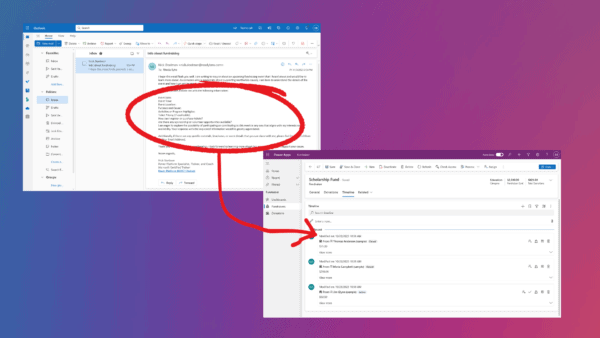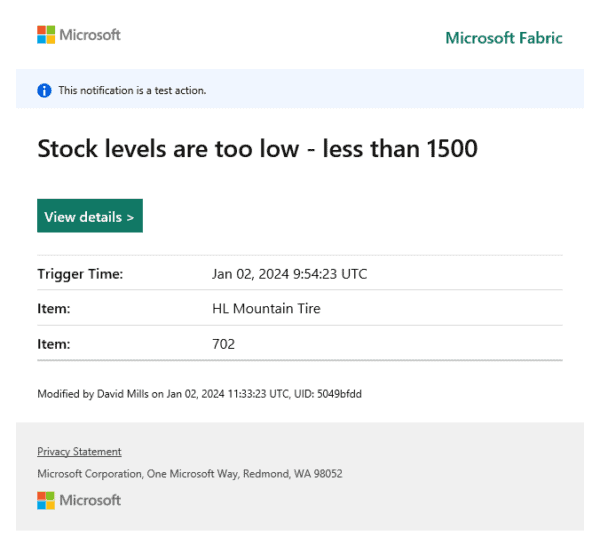
In the past 10 years, consumers have digested an incredible volume of personal apps that have changed our daily lives more than we know it. From personal GPS navigators, exercise apps, health apps, expense tracking, credit cards, games, stocks and investments, the list goes on and on. Consider that just 11 years ago there was no concept of apps or app stores and that today there are more than 2.1 million apps in the Apple App Store alone.
Corporate or business revolution in the world of apps has been much slower. We really do not have the concept of the corporate app store and where they do exist, the imagination and scope of such stores are very limited. Yet there are compelling reasons for a tidal wave of business apps driven by digital demand. Companies desperately need better connections with their customers, partners, and employees and more predictable process and data behind these relationships. In some cases, the “Cloud” will provide obvious answers. Salesforce for CRM, NetSuite for financials and so on. However, if we think a little outside the box, personal productivity apps already number into the millions. Corporate apps could be three to four times that volume in mature adoption phase.
The math would suggest that we could see more than 8 million apps supporting business operations across thousands of companies in the next 10 years. From my conversations with business and operational leaders across the world, I find this very believable. Early adopters in this space are already running at a rate of 400 apps per year and would go faster, given the right combination of low code tools and the right governance structures.
Becoming agile and efficient
To enable this revolution, we will certainly see the growth of “ready-to-go” Cloud apps like Salesforce, Workday, and NetSuite providing corporate “heavy lifting” apps. But to make a real revolution we need to put creative capabilities and tools into the hands of information workers to deliver these apps themselves. This is what will enable businesses to become reactive, agile and efficient. This is the promise of low code app platforms, and 2019 will be the year when business apps and automation finally hit their stride. It’s migrating out of the IT department and into the hands of knowledge workers, who will accomplish amazing things. There’s a veritable army of citizen developers conjuring up applications to meet the business needs they see every day.
Those needs fall into two main categories. The first is the need to run a more efficient and nimble business. Complex, costly processes that slow down operations are being replaced by elegant technology that can automate just about anything a business does. Companies that fail to streamline their operations with productive apps will inevitably fall behind their competitors that do.
Why do we need business apps?
You might be saying, what apps? Why do we need apps to drive a better business? This is a similar conversation you might have had with someone holding the early versions of a mobile phone with a text interface. Let’s talk through some examples.
Imagine a film production company that sends millions of dollars and high volumes of equipment inventory onto a film production site. The economic reality today is that a significant portion of this inventory “shrinks” once the production is complete. As much as 30 percent in many instances. Consider a platform that a business operations manager could simply do “file new app” and build an application that lists the assets, assigns them to a responsible person for sign out, approval, tracking and return. Just one example of an app that potentially could save this company millions of dollars a year.
Productivity increases exponentially when we have predictability and data to drive a process. Take a simple example of sales leads nurturing. We have methodologies today for “BANT” (budget, authority, need, and timing), however, the practical reality of this boils down to an unstructured natural conversation between sales and the customer. When we put this in an app, we inject much more specific structure and data capture into the conversation. Conversations mature into “app-driven” conversations where we drive structure and capture data on a predictable basis. Does the customer (who) have the budget (how much) to drive the project (which project); when will she (who specifically) be ready to purchase; do other decision makers (who) need to sign off, etc. This guides the conversation with a structure that helps evaluate prospects better. Apps like this can refine and improve processes anywhere within a business.
Creating the digital thread
The second category involves the incredible stockpiles of data being collected every minute of the day with new generation apps. This data creates a kind of “digital thread” connecting companies to their customers, helping them deliver ever more precise and personalized service. Businesses that use this data to dazzle their customers will easily out-compete their rivals that fail to do so.
Maintaining these connections requires constant attention. The competition is never more than a mouse click away. That’s driving a constant need for new applications that provide seamless interactions between company and consumer.
The journey to the app ecosystem mirrors the mainstreaming of the personal computer that began back in the 1980s. It’s also the logical next step in that evolution, which began with Microsoft’s legendary call for “a computer on every desk and in every home.”
That may not seem like a big deal today, but remember that before PowerPoint, people drew slides on plastic sheets and projected them onto a wall. They mostly looked terrible. And sharing them meant printing them out and mailing them, instead of just attaching them to an email. For an external presentation, companies paid an outside firm to spend three weeks producing slides that looked more professional. Today, anyone can do that in five minutes. And that’s where app-making is headed. Five years from now, it will seem strange if people can’t build a good basic app.
Embracing the revolution
Still, it takes time for people to embrace a revolution. In the late 1990s, people might go to the web just to see if their favorite company had built a site yet. That seems unimaginable today. How could people live without email, text messaging, social media, online banking, and modern apps that turn your smartphone into a digital Swiss Army knife? All of those technical improvements, the standardized platforms, and the tech skills that we all have accumulated, had to be present for the coming wave of apps to arrive. It’s the culmination of years of preparation.
But there’s still some inertia to overcome before the citizen developer can take full control. IT professionals still build about 90 percent of business applications today. Some of the old guard business leaders still see risk in the unknown—potential chaos in decentralizing ownership of technical resources and strategy.
Pushing against that inertia are the growing numbers of digital natives in the workforce. People who have grown up with enhanced technologies and know how to use them across business divisions. A growing segment of employees are no longer asking, but instead demanding more use of apps within their corporate structures.
These are people who can easily deploy low-code visual programming, integrate it into existing businesses and drive productivity higher across the board. Imagine their horror when they run into clunky old technology and bureaucracy. They just want to get things done. More forward-thinking companies are realizing that they now possess the technical tools and the savvy workforce that enables them to build productive apps without going to IT. That frees up the IT department to facilitate and support the deployment of new technology, rather than acting as a gatekeeper.
Apps will play an essential role in growing businesses and enhancing their productivity in the decade to come. In 2019, we are on the verge of a massive shift, where apps become mainstream and finally deliver on their promise. Modern organizations are accelerating the delivery of these apps, empowering their people to transform their business, delight their customers, and secure their future.
Reference
K2. (2019). What does the year of realization mean for your business?Available at:
https://www.k2.com/blog/what-does-the-year-of-realization-mean-for-you Accessed: [29th July 2019].











